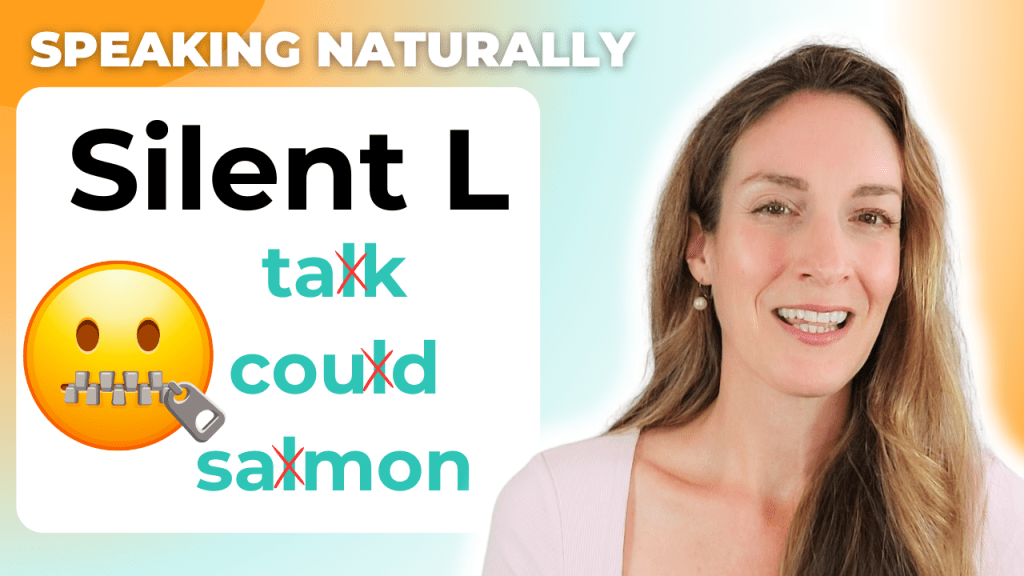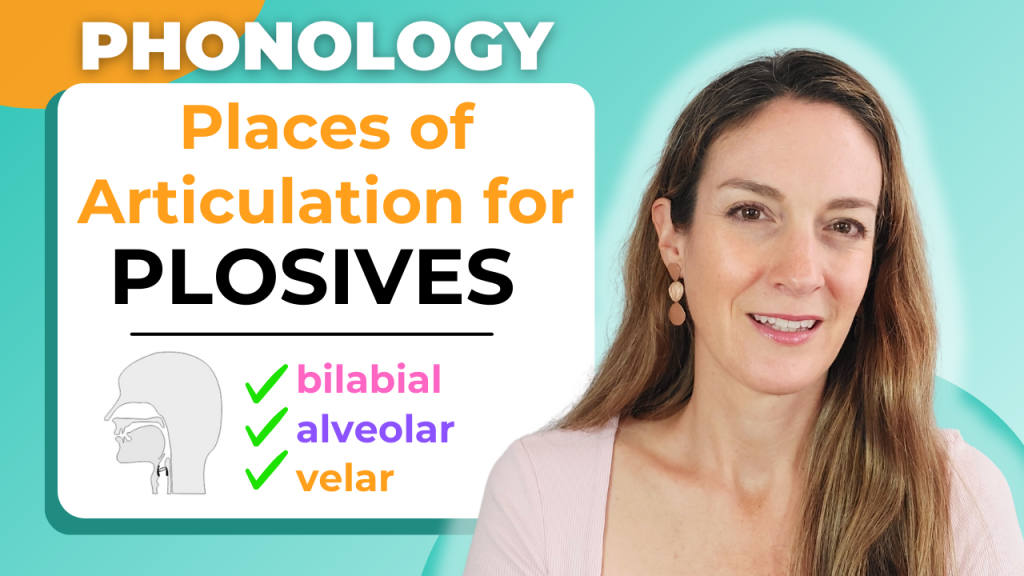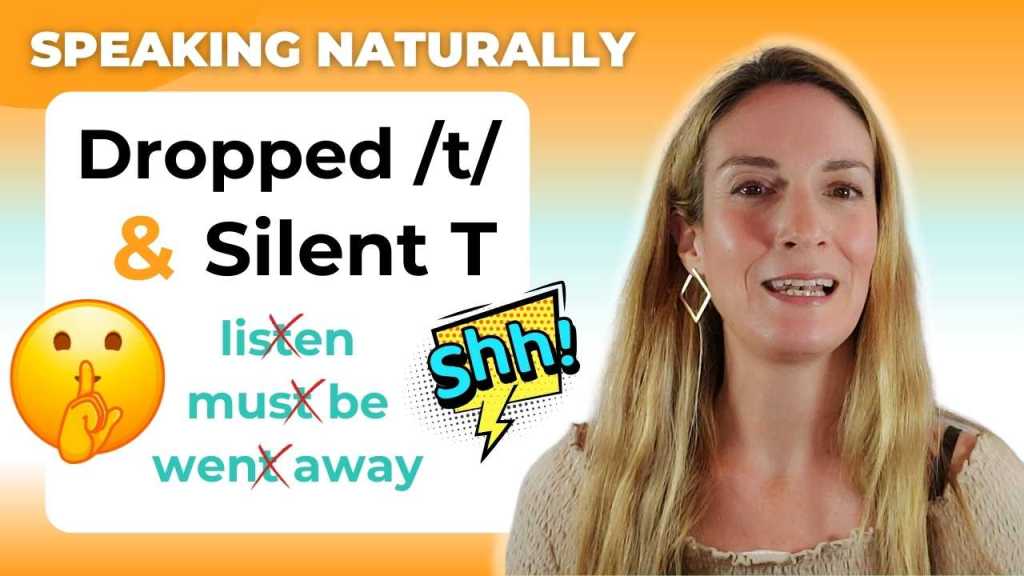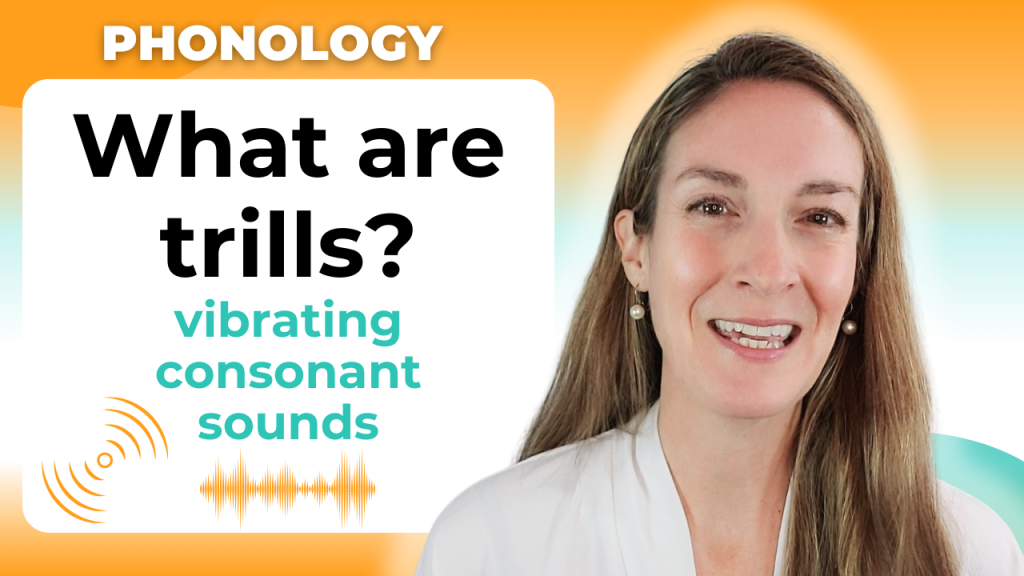Consonants
-

Soft G vs. Hard G 😀💬 – English Pronunciation
English pronunciation can be challenging, particularly with the letter G, which has soft (/dʒ/) and hard (/g/) sounds. The soft G occurs before E, I, or Y, while the hard G appears before A, O, U, or consonants. Understanding these differences improves your pronunciation and speaking skills. For practice, refer to the video lesson and… Read more
-

Words with a Silent L in English
The video teaches about silent L in English words. Although written, the L is not pronounced in common words like “walk,” “talk,” “calm,” “could,” and more. The video provides practice with these silent L sounds to improve natural-sounding English. Regular practice in pronouncing these words is essential for fluency. Read more
-

Mastering the Silent ‘U’ in English
Learning to pronounce English words correctly can be challenging due to silent letters, like the “U.” After “G,” “U” is silent in words like “guest” and “guitar.” After “Q,” it’s silent in “queue” or part of the /kw/ sound in “quick.” Other words with silent “U” include “biscuit” and “building.” Practice is key to improvement. Read more
-

Place of Articulation for Plosives in English
In this lesson, we’ll focus on the place of articulation of plosives in English. Plosives are also called stops. Whilst all plosives share the same manner of articulation, they have different places of articulation. In total, we have 6 plosives in English, and we classify them into 3 groups, each group contains a pair: Notice Read more
-

What’s the difference between English R vs. rolled Spanish & German R?
The video provides clarity on three commonly confused IPA sound symbols. It covers the standard English R (/ɹ/), the rolled R sound in Spanish (/r/), and the standard German R (/ʁ/ or /ʀ/). The differences between these sounds and the Flap T (/ɾ/) are explained, and practical demonstrations are included. Read more
Looking for something specific?
-

When & How to pronounce the English R
This video lesson teaches the pronunciation of the letter R in English. It covers the general ‘R’, differences between British and American English, producing the /r/ sound, linking ‘R’ between words, and intrusive ‘R’ between vowel sounds. It emphasizes personal preference over local dialect or accent. Great for improving English pronunciation. Read more
-

The 4 Pronunciations of the letter X
In this video we will go over the four different ways the letter X could be pronounced in English. Firstly, in words like “extra,” “six,” and “maximum,” “X” is pronounced as /ks/, spread across two syllables. This pronunciation consists of the unvoiced sounds of /k/ and /s/. Secondly, in words like “example” and “anxiety,” “X”… Read more
-

The 24 Consonant Sounds in English
The video provides a brief overview of the 24 English consonant sounds, categorized into 6 plosives, 9 fricatives, 2 affricates, 3 nasals, and 4 approximants. It explains their arrangement on the phonemic chart and the distinction between sounds produced at the front and back of the mouth. The video also covers voiced and voiceless consonant… Read more
-

Dropped /t/ and Silent T: Linking in Pronunciation
In this video, the mystery of dropped /t/ and silent ‘T’ in English is unraveled, explaining why native speakers skip certain ‘T’ sounds. Viewers will learn tricks to make English speech sound natural, improving pronunciation for casual conversations or presentations. Simple exercises and examples help boost language skills and confidence. Read more
-

Glottal Stop /ʔ/ vs. the /h/ sound
In the video, we explore the differences between the glottal stop /ʔ/ and the sound /h/ in English. Both are voiceless glottal sounds formed at the space between the vocal cords. They share characteristics but differ in articulation. The glottal stop is a plosive, formed by a sudden release of restricted airflow, while /h/ is… Read more
-

The Glottal Stop
The video discusses the glottal stop, a special sound in English, often found in regional accents like Cockney amongst others. It’s formed in the glottis, the space between the vocal cords in the throat. The glottal stop is an unvoiced plosive sound, heard in words where it replaces the sound /t/ (T-glottalization). Difficult to hear… Read more
Billie English on YouTube
With a library of over 290 videos as of 2024, ‘Billie English’ has amassed over 100k subscribers and 6 million views on YouTube, solidifying its status as a trusted resource for English learners and phonology geeks worldwide.
In addition to its significant social media presence, Billie English offers a variety of online English classes and learning materials.


Meet Your Coach
Discover your English potential with Billie, your online accent reduction coach and English teacher. Master sounds, stress and intonation, and speak with confidence and fluency.
Our personalised classes focus on minimising native accents to ensure crystal-clear communication. Join our diverse clientele and benefit from expert guidance tailored to your individual needs, helping you become a confident English communicator and excel in your work and beyond.
